Article Submitted by Kathryn Curzon
When it comes to scuba diving close to Canada, few places can rival Florida. With its warm, crystal-clear waters and a variety of unique dive sites, the Sunshine State has become a magnet for divers. From natural springs and coral reefs to huge wrecks and manatees, Florida offers something for divers of all levels. So, let’s dive in and explore Florida’s top diving gems.
Discovering the Underwater Wonders of Florida.
1. Crystal River.
Crystal River is a paradise for those seeking an up-close encounter with gentle giants. Famous for its manatee population, this spring-fed river offers unique opportunities for snorkelers and scuba divers alike. Between November and April, hundreds of manatees seek refuge in the warm waters of Crystal River, providing an extraordinary chance to dive with manatees.
Visit Crystal River between December and February for peak manatee season.
2. Ginnie Springs.
Ginnie Springs is often rated as one of the best places to dive in Florida and rightly so! There are three different dive sites there and they all offer gin-clear water and superb diving. The springs are great to explore as a new diver and you can also go cave diving there.
With multiple entrances and an extensive network of caverns, it would be easy to spend a day exploring Ginnie Spring’s.
3. Pennekamp Coral Reef State Park.
Located off the coast of Key Largo and established in 1963, Pennekamp Coral Reef State Park was the first underwater park in the United States. It offers excellent snorkeling and scuba diving.
There are vibrant coral formations, and you can encounter an array of marine life, including colorful tropical fish, sea turtles, and lobsters. It is also close to the Florida Keys National Marine Sanctuary, which is home to the largest contiguous seagrass beds in the Northern Hemisphere.
4. Rainbow River.
Drift divers are in for a freshwater treat at Rainbow River. This river is known for its exceptional visibility and gentle current, making it an ideal spot for easy drift diving. Dive times can easily reach an hour, and along the riverbed, you’ll encounter submerged logs, aquatic plants, and an assortment of freshwater fish. All of which creates a picturesque and relaxing underwater experience.
Dive Rainbow River during winter for the clearest waters.
5. USS Spiegel Grove.
For an awe-inspiring wreck diving adventure, head to the USS Spiegel Grove, a 510-foot-long retired Navy ship intentionally sunk off the coast of Key Largo. Now an artificial reef, this colossal vessel’s dive profile is around 70 to 130 feet deep. It has a coral-covered exterior and challenging interior for experienced wreck divers. This wreck attracts a myriad of marine life, including barracuda, goliath groupers, and schools of colorful fish.
6. Blue Heron Bridge.
Located in West Palm Beach, the Blue Heron Bridge is a macro photographer’s dream. This unique dive site offers a chance to observe an abundance of critters, such as seahorses, octopi, and colorful nudibranchs. With dive depths of just 6 to 25 feet, you have plenty of dive time to explore and capture perfect photos of the tiny marine treasures found there.
7. Dry Tortugas National Park.
For a remote and pristine diving experience, head to Dry Tortugas National Park – it is accessible only by boat or seaplane. This 101-square-mile park has thriving coral reefs and seagrass beds that offer a variety of dive sites. The marine biodiversity there is astonishing, and the waters are busy with tropical fish and larger visitors such as dolphins, nurse sharks, and goliath groupers.
February to April is a great time to visit the Dry Tortugas. The seas are calmer, the wind is less strong, and there are fewer crowds than other times of year.
8. Hammerhead Reef.
Hammerhead Reef in Miami is one of the best places to go drift diving. You’ll want to be comfortable in strong currents and deep diving, but the rewards are well worth it! Imagine drift diving between 60 and 90 feet along a series of huge ledges, overhangs, and crevices covered in corals and sponges, with an array of reef fish and critters. Make sure you keep your eyes on the sandy bottom to spot stingrays and try night diving there as well.
9. Molasses Reef
Part of the Florida Keys National Marine Sanctuary, Molasses Reef is a must-visit for reef enthusiasts. This beautiful reef system is teeming with marine life, including sea turtles,
nurse sharks, and diverse colorful corals. In all, more than 600 species of marine life can be found there.
Take your pick from over 30 dive sites, ranging from 6 to 90 feet deep, and dive in! With easy access and warm, clear waters, this is a great spot for beginner scuba divers.
10. 1000 Mermaids
For something a little different, explore the underwater art installation 1000 Mermaids. This artificial reef features statues of mermaids and other mythical creatures, making it a surreal and captivating dive – with a conservation heart.
The sculptures are made from sustainable concrete and cast from real people. These beautiful sculptures provide substrate for juvenile corals to settle on, helping to restore a nearby reef and replenish fish populations.
11. Devil’s Den & Blue Grotto
Finally, venture into the surreal and prehistoric underworld of Devil’s Den and Blue Grotto. Devil’s Den is a prehistoric, fern-draped sinkhole that boasts a rich history of artefacts and fossils and has numerous swim-throughs to explore.
Neighbouring Blue Grotto is a large cavern suitable for divers of all experience levels. There is a compressed air-supplied bell at 30 feet, where you can have a chat with your buddy, or you can keep descending to 100 feet.
Both of these natural springs offer a magical and otherworldly diving experience, and they have a reputation as two of the best places to go diving in Florida.
What experience do you need to go diving in Florida?
Florida diving caters to divers of all levels. From beginner-friendly shallow dives to challenging cave and wreck diving for advanced enthusiasts, the state’s diverse underwater terrain offers something for everyone.
However, some sites require more skill, such as cave diving qualifications for cave exploration. To make the most of your dive trip there, check out your preferred dive sites beforehand and upskill with an advanced scuba certification if needed.
When is the best time to go diving in Florida?
Florida’s warm climate makes it a great dive destination year-round. The summer months offer warm waters and abundant reef life, whilst winter has some special highlights for a perfect winter dive trip. It is peak manatee season in winter (December to February), and you have the chance to spot tiger sharks from October to April as well.
You can find out more about diving in Florida on SSI’s MyDiveGuide. This online travel guide features dive sites, destinations, and marine life encounters worldwide – all on one handy map. It makes it easy to plan the right dive trip for you.
Kathryn Curzon, a shark conservationist and dive travel writer for Scuba Schools International (SSI), wrote this article.

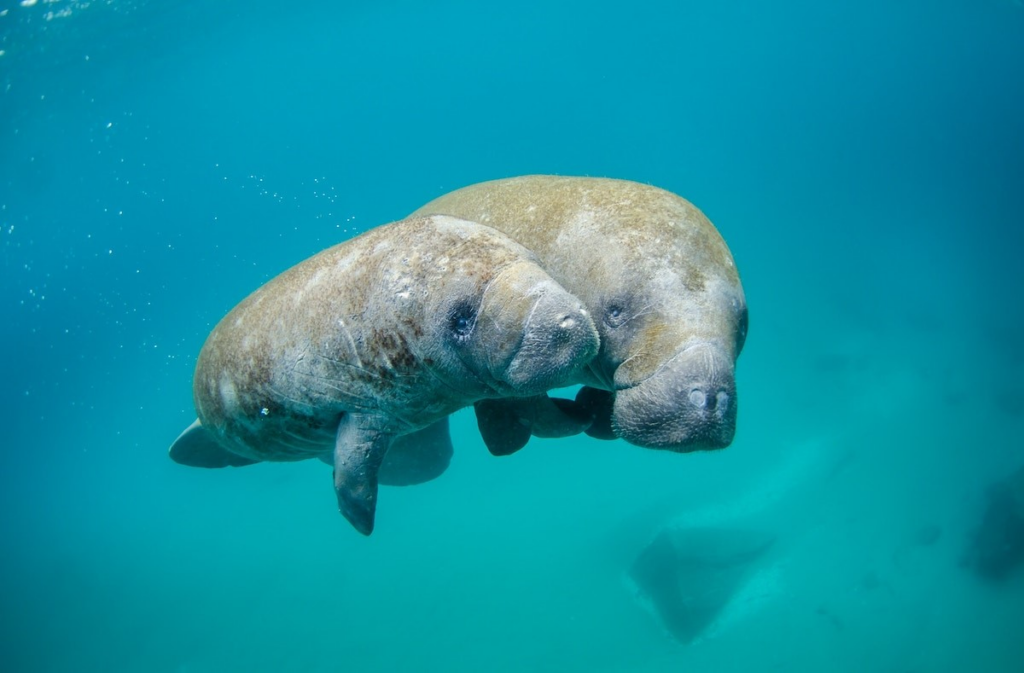



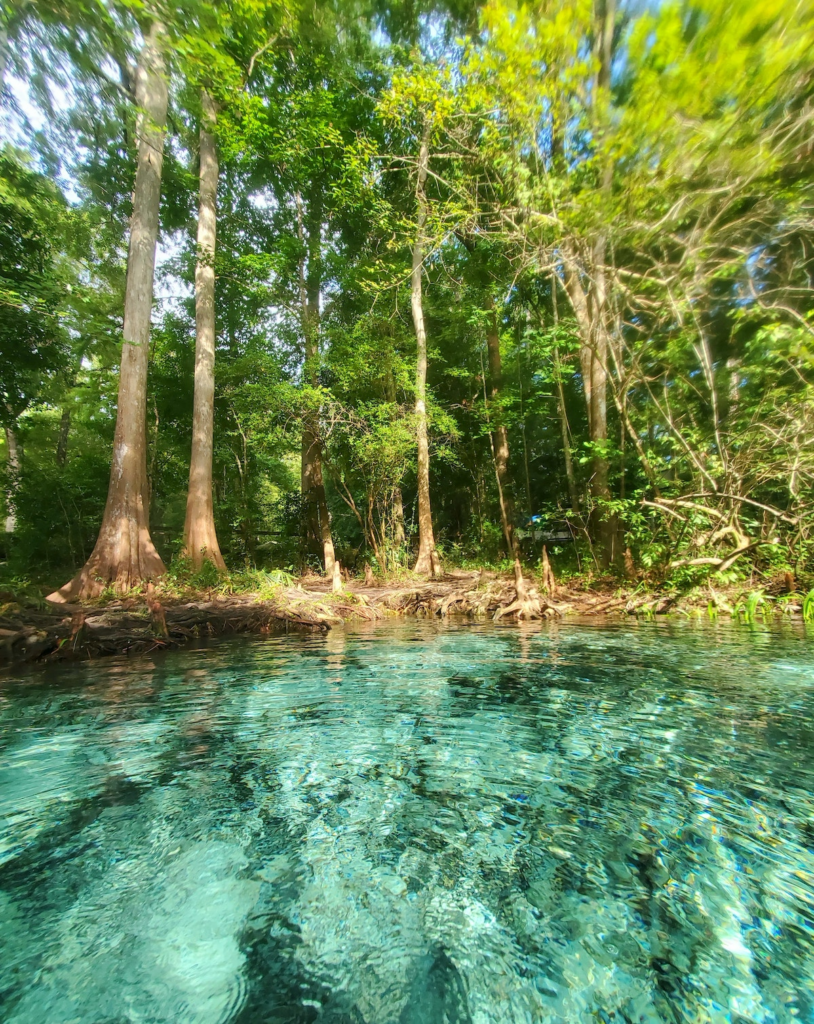
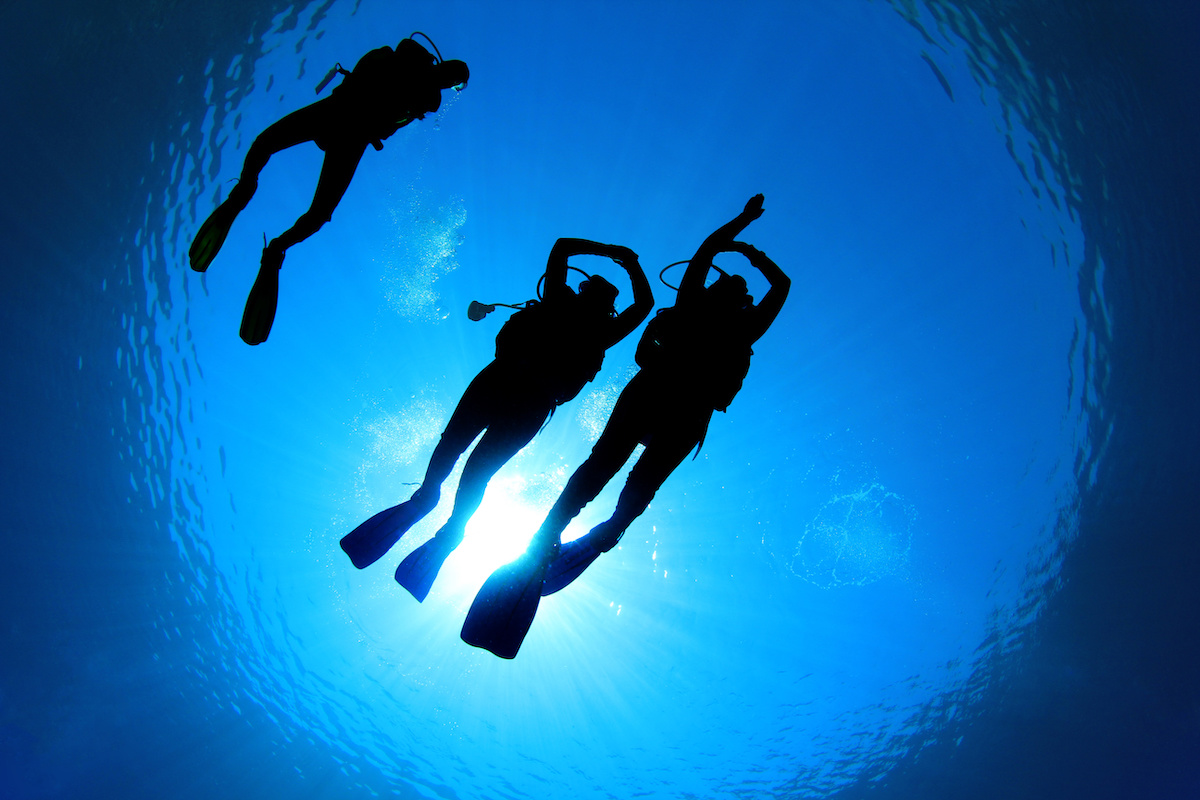
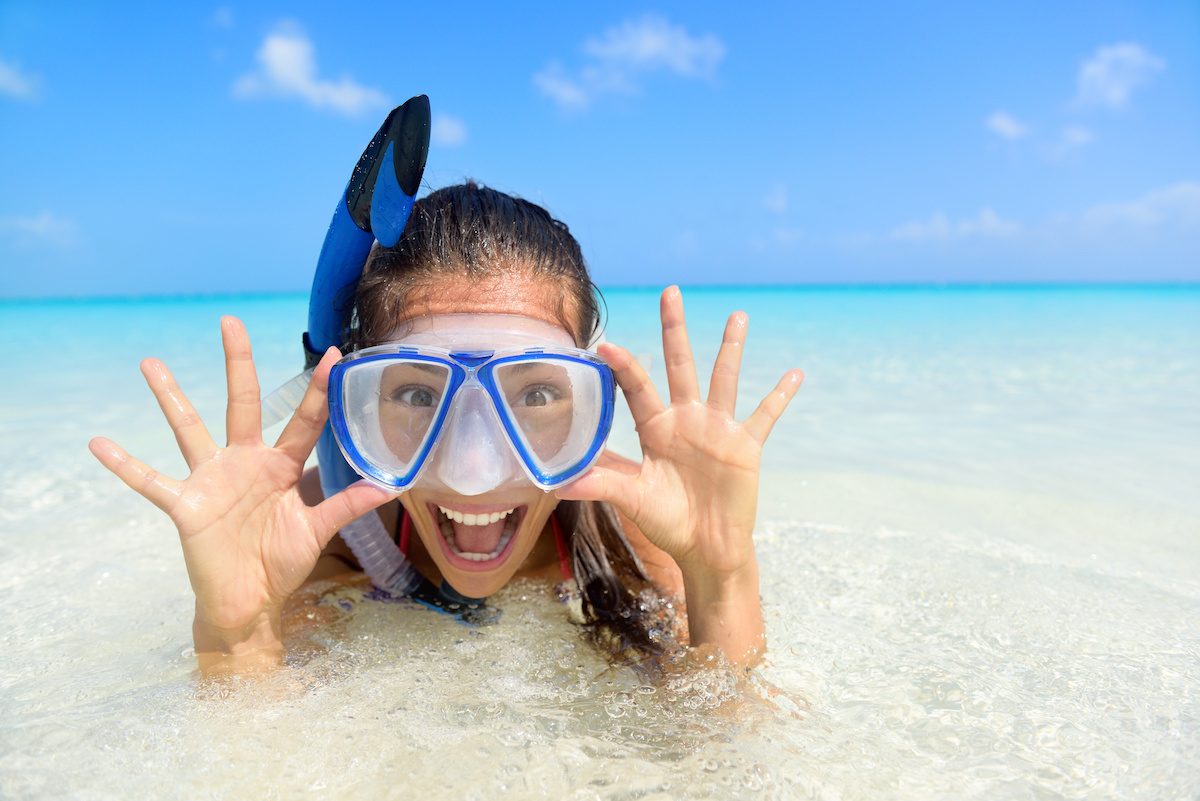
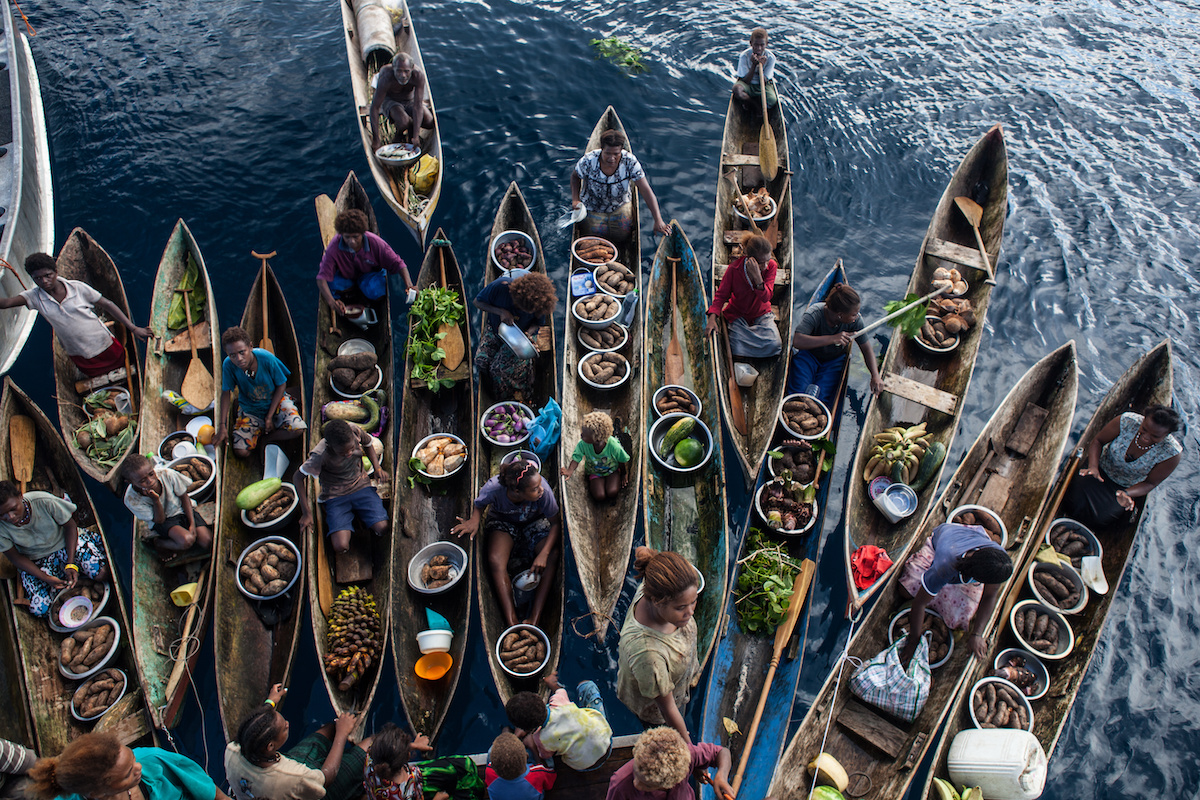


Leave A Comment